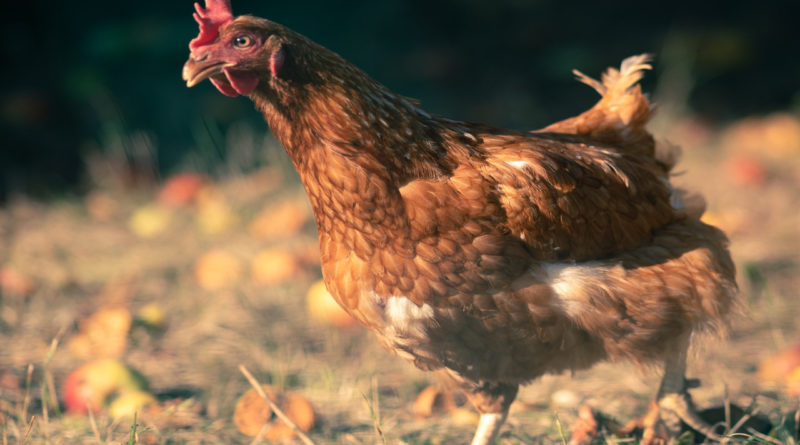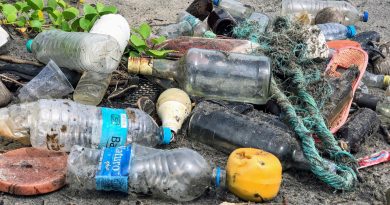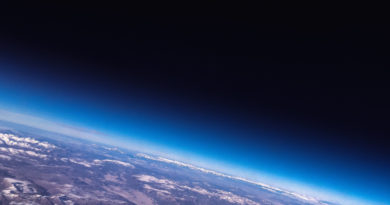Permaculture: Gardening In Harmony With Nature
I was unaware of permaculture until I’ve seen a brief segment on TV news about a young guy who successfully implemented it in his front yard to the envy of his neighbors. He explained the principles of his permaculture garden in a way even I – a non-expert! – could understand. His simplified version of permaculture was a revelation to me.
Here’s what he did:
– to create a fertile top soil, he used wood chips and plant trimmings
– for compatibility, he grew edibles and other plants that coexist peacefully
– for weed and pest control plus fertilization, he keeps hens and a rabbit (In turn, of course, the plants provide feed the animals.)
Amazingly logical, isn’t it?
Where did this wisdom come from? The concept of permaculture (created in the 1970s) is the brain child of two Australians: Bill Mollinson and David Holmgren. The merging of “permanent” and “agriculture” makes perfect sense. A permaculture garden provides for itself without creating waste and can sustain itself forever.
As much as permaculture is relatively new, sustainable agriculture isn’t. The origins of sustainable agriculture are ancient. (They include sustainable “floating gardens”: chinampas.) Just a few generations ago, most agriculture was sustainable. Each individual farmer cultivated the soil and replenished it with a natural fertilizer and by rotating crops.
Over thousands of years, the “old-fashioned”, sustainable agriculture had no adverse impact on health and the natural environment at large. Just about 100 years ago, chemical pesticides and fertilizers were introduced. They gained popularity during WWII and in spite of the fiasco following the use of the insecticide DDT (Dichlorodiphenyltrichloroethane), maintained their popularity. Chemical pesticides and fertilizers made industrial-scale, intensive agriculture focused on monocropping possible. That’s the how and when, agriculture stopped being not only sustainable but also self-contained and harmless.
Traditionally, the actions of an individual farmer practicing sustainable agriculture were contained within the borders of his land. They didn’t have far-reaching effects. Practices of chemicals-based, intensive agriculture do. Highly toxic chemicals sip into the food we eat, contaminate neighboring farms and have a destructive impact on natural environment. They are damaging to health of farm workers, contaminate air, water, soil, threaten biodiversity, harm wildlife and eventually, us.
You could say that sustainable agriculture nurtured the Earth. Monocrop agriculture doesn’t nurture the Earth, it robs it. Not unlike the petroleum industry, intensive, chemical-dependent agriculture of today is exploitative and destructive.
Our pursuit of growth and expansion is fueled by a massive population growth. With a lower population growth, we wouldn’t need more, more and more. We’d be likely more aware of the crisis our planet faces and more motivated to return to sustainable agriculture.
Between now and then, there is permaculture.
A permaculture garden is a small, self-contained cycle that won’t negatively affect your property or the neighboring properties, leave alone impact water supply, for instance.
Bottom line, a permaculture garden is organic, self-sustainable, conserves water and doesn’t deplete but enriches environment. It’s good to – and for – the gardener. It can be developed at any scale. It’ a form of holistic gardening in harmony with Nature. It is ethical, environmentally-friendly and produces healthy, chemicals-free food. It contributes, as opposed to exploiting.
Permaculture is permanent because it takes on the characteristics of natural environment in terms of diversity and sustainability. Theoretically at least, it becomes a part of its environment and as such can sustain itself forever.
If you have a small piece of land at your disposal, search Google for “how to start a permaculture garden. (I found this introduction on The Spruce.)
Give permaculture garden a try. Once your permaculture garden is ready, you’ll get to watch a self-contained mini-Earth!
Photo by Olivier Mary on Unsplash




